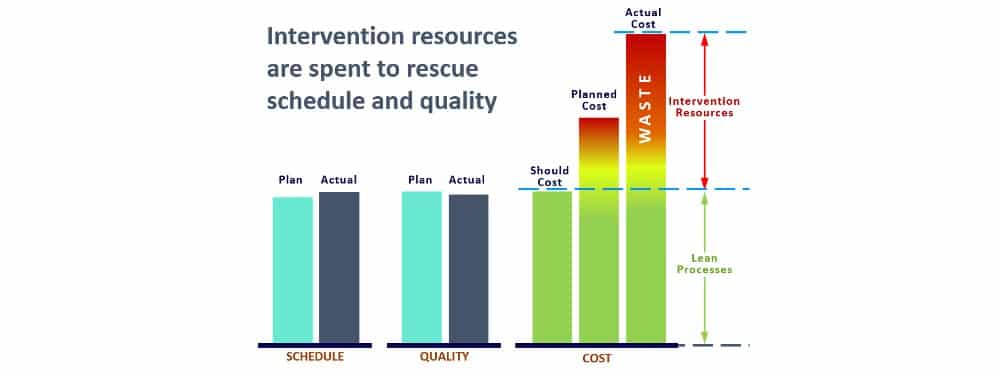The industry is full of terms like Engineer-to-Order and Mass Customization [1]. These used to only apply to consumer products, but within the past several years there has been a noticeable change in customer expectations. Every industry is subject to the expectation that a consumer can go to an app and create a tailored product experience. No longer are car options A, B, and C enough. Buyers want to specify color, trim, wheels, materials, infotainment, and other bells and whistles. Health conscious individuals are looking for bio-matched pharmaceuticals. Even the defense industry, once thought of as the bastion of locked-in and unchanging baselines, is getting requests for mission-specific articles, custom accessories, and unique labeling. Custom fit medical devices and sports equipment are rising industries thanks to additive manufacturing and changing regulations.
None of these requests are completely new ideas or products. They are typically a variation of an existing product, or family of products, being sold by a company. Whereas in the past, the seller would have a few options for the consumer to select from to tailor their experience, today consumers are expecting to be able to control even the most minor details.
- How does a company manage the vast amounts of data behind each and every combination of options?
- How does a company keep track of those configurations?




